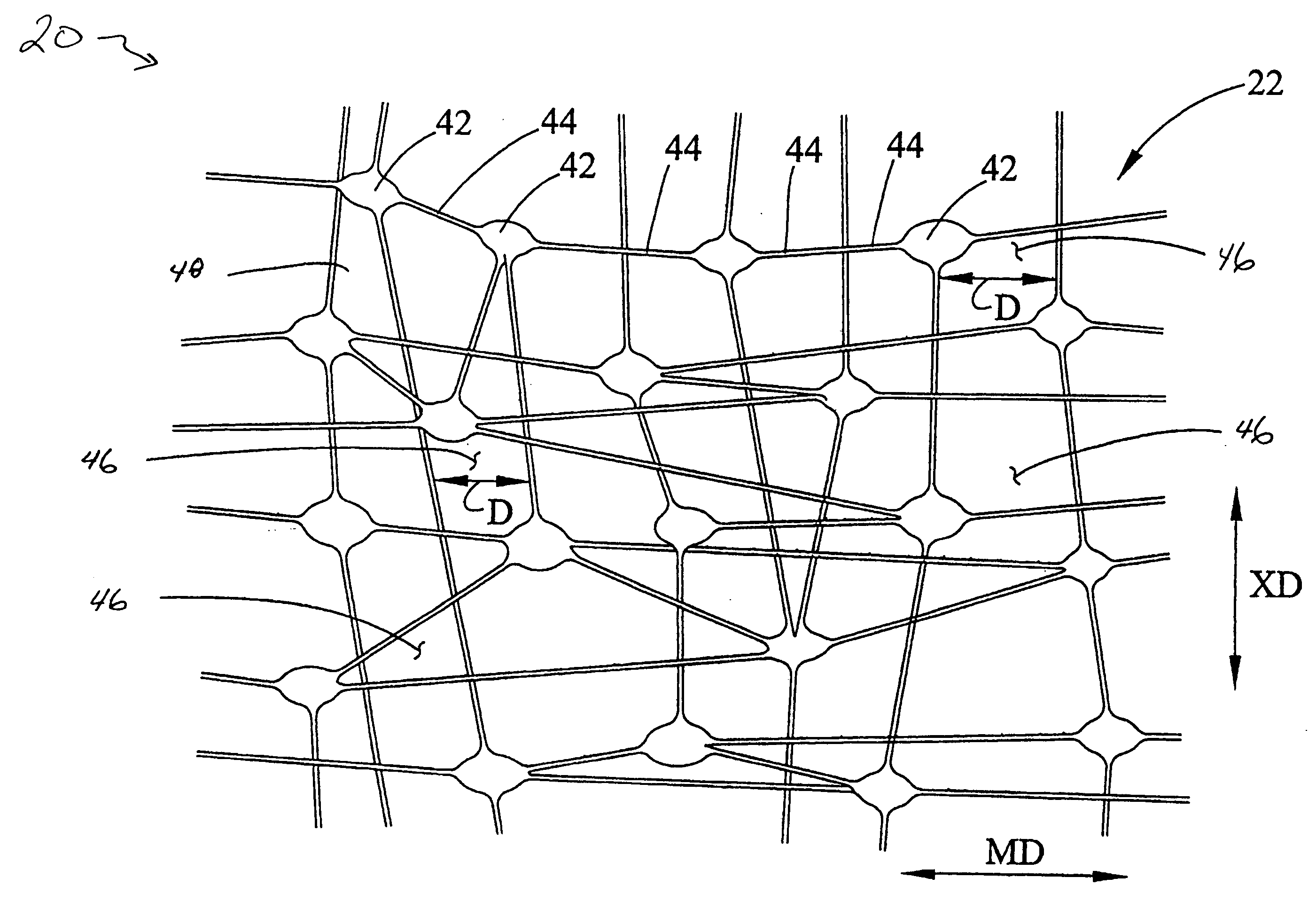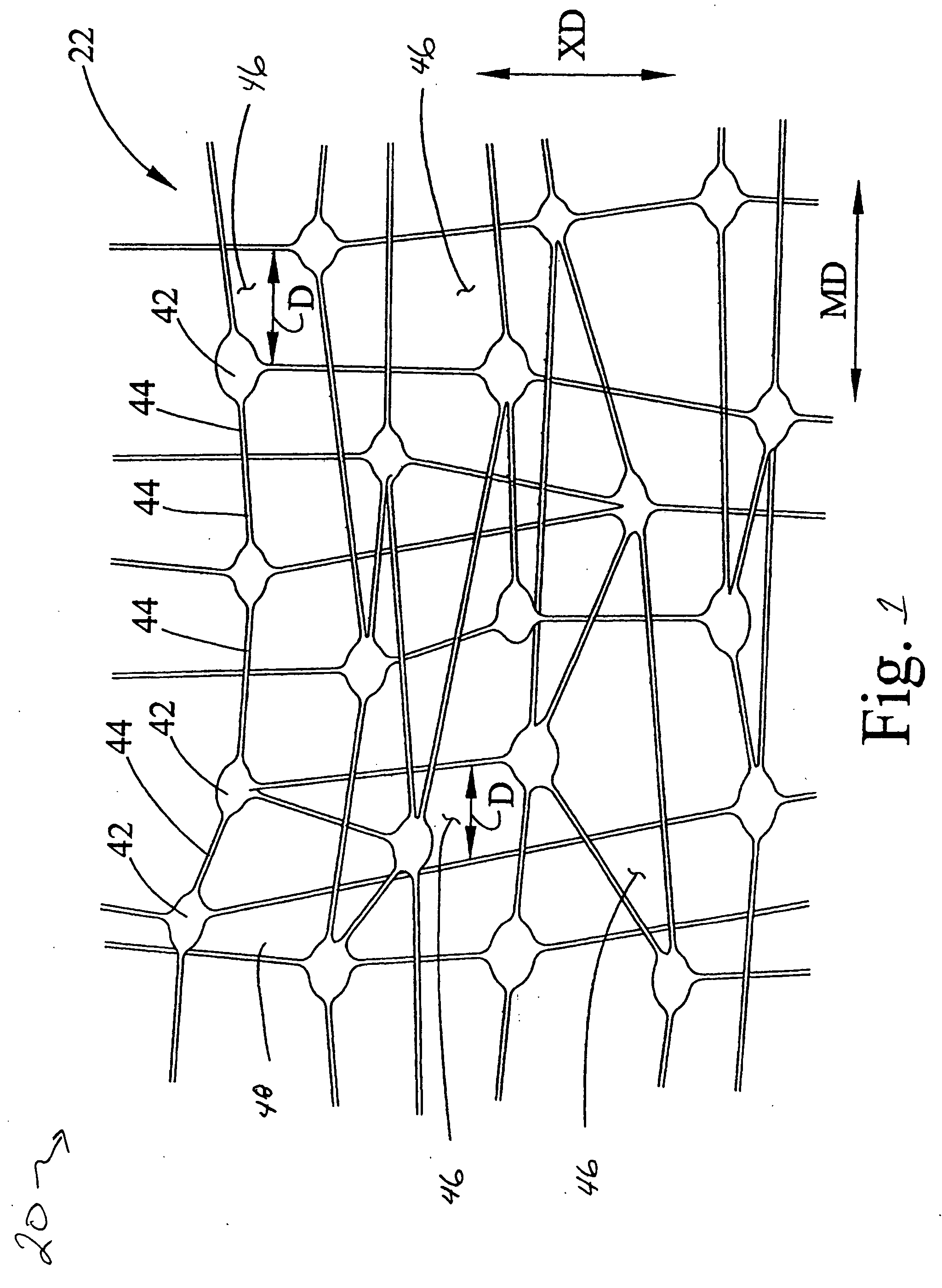Method of making a composite membrane
- Summary
- Abstract
- Description
- Claims
- Application Information
AI Technical Summary
Problems solved by technology
Method used
Image
Examples
Embodiment Construction
[0015] A composite membrane and a method of making the composite membrane are discussed in detail below. The composite membrane can be used in filter apparatus or can be used, with the addition of an ion exchange, as a proton exchange membrane material in a fuel cell. The composite membrane includes, in an exemplary embodiment, a porous base membrane having a plurality of pores and a coating applied to the base membrane using a densified gas, for example, a supercritical fluid or a near critical fluid, as a solvent. The coating is deposited onto the base membrane without blocking the pores of the membrane by changing the conditions of the supercritical fluid, for example, temperature and / or pressure. An ion exchange material can then be applied to the coated surface of the membrane. The coating used is selected to be compatible with the material of the base membrane. By compatible it is meant that the coating material will “wet-out” the surface of the base membrane to form a continu...
PUM
| Property | Measurement | Unit |
|---|---|---|
| Fraction | aaaaa | aaaaa |
| Fraction | aaaaa | aaaaa |
| Thickness | aaaaa | aaaaa |
Abstract
Description
Claims
Application Information
 Login to view more
Login to view more - R&D Engineer
- R&D Manager
- IP Professional
- Industry Leading Data Capabilities
- Powerful AI technology
- Patent DNA Extraction
Browse by: Latest US Patents, China's latest patents, Technical Efficacy Thesaurus, Application Domain, Technology Topic.
© 2024 PatSnap. All rights reserved.Legal|Privacy policy|Modern Slavery Act Transparency Statement|Sitemap



